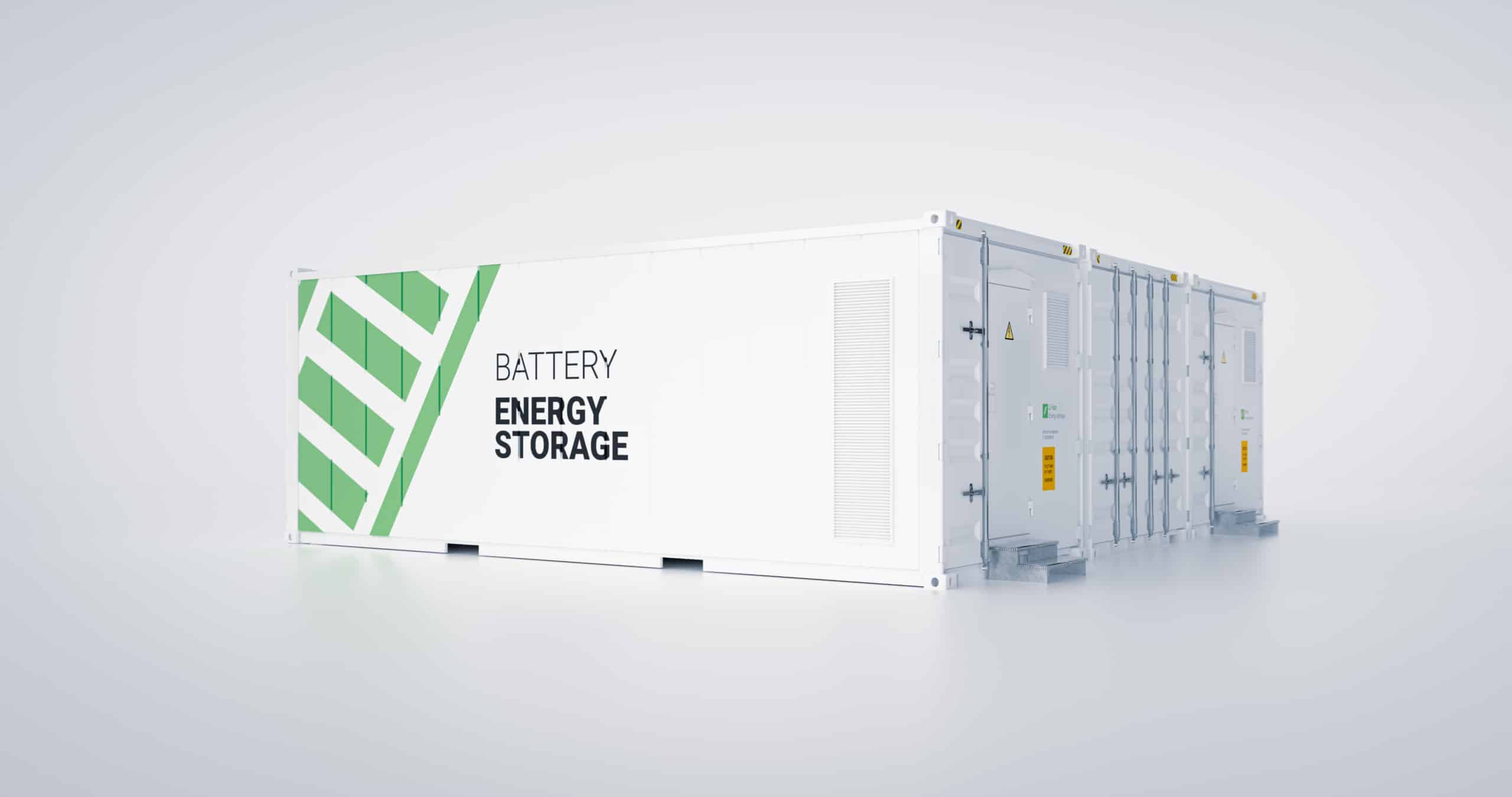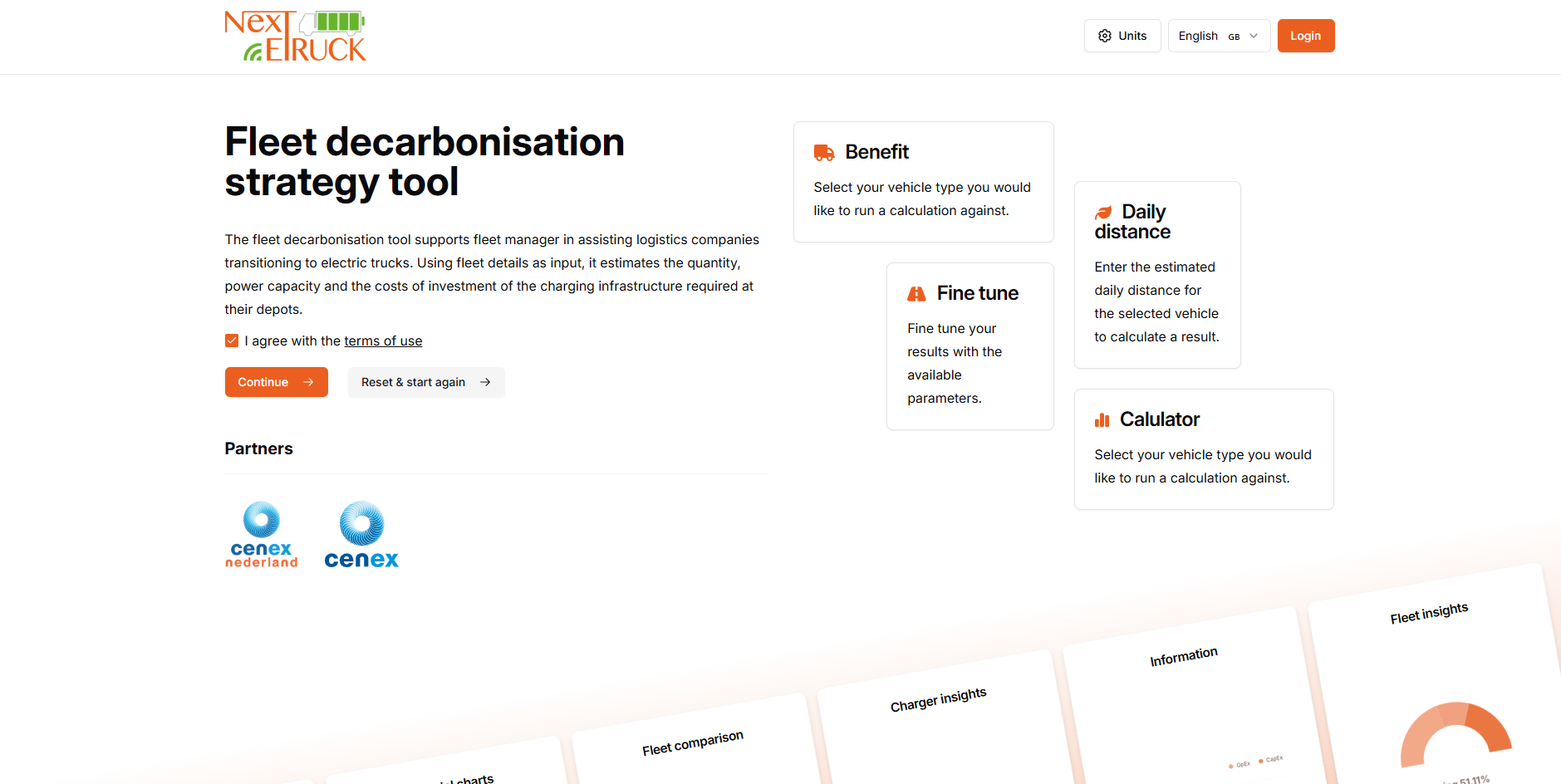[av_one_half first min_height=” vertical_alignment=” space=” row_boxshadow=” row_boxshadow_color=” row_boxshadow_width=’10’ custom_margin=” margin=’0px’ mobile_breaking=” border=” border_color=” radius=’0px’ padding=’0px’ column_boxshadow=” column_boxshadow_color=” column_boxshadow_width=’10’ background=’bg_color’ background_color=” background_gradient_color1=” background_gradient_color2=” background_gradient_direction=’vertical’ src=” background_position=’top left’ background_repeat=’no-repeat’ highlight=” highlight_size=” animation=” link=” linktarget=” link_hover=” title_attr=” alt_attr=” mobile_display=” id=” custom_class=” aria_label=” av_uid=’av-7rcuak’]
[av_heading heading=’Publication: Towards a more circular business model: extended EV battery lifetime – A Master Thesis by Coen Smits van Oyen’ tag=’h3′ style=” subheading_active=” show_icon=” icon=’ue800′ font=’entypo-fontello’ size=” av-medium-font-size-title=” av-small-font-size-title=” av-mini-font-size-title=” subheading_size=” av-medium-font-size=” av-small-font-size=” av-mini-font-size=” icon_size=” av-medium-font-size-1=” av-small-font-size-1=” av-mini-font-size-1=” color=” custom_font=” subheading_color=” seperator_color=” icon_color=” margin=” margin_sync=’true’ padding=’10’ icon_padding=’10’ headline_padding=” headline_padding_sync=’true’ link=” link_target=” id=” custom_class=” template_class=” av_uid=’av-2h528c’ sc_version=’1.0′ admin_preview_bg=”][/av_heading]
[av_hr class=’custom’ icon_select=’no’ icon=’ue808′ font=’entypo-fontello’ position=’left’ shadow=’no-shadow’ height=’50’ custom_border=’av-border-thin’ custom_width=’50px’ custom_margin_top=’30px’ custom_margin_bottom=’30px’ custom_border_color=’#0a0a0a’ custom_icon_color=” id=” custom_class=” av_uid=’av-3jog7w’ admin_preview_bg=”]
[av_textblock size=” av-medium-font-size=” av-small-font-size=” av-mini-font-size=” font_color=” color=” id=” custom_class=” template_class=” av_uid=’av-2zz03g’ sc_version=’1.0′ admin_preview_bg=”]
The adoption of electric vehicles has been steadily growing for a good number of years now and more recent indications are showing all the sign of an accelerating rapid growth in the coming decade. Obviously, these EVs are all packed with a significant punch of battery power. At the same time, many different types of lighter electric vehicles are also finding their way to the market, from e-scooters to e-cargobikes and many more. With the heavier duty vehicle mass-electrification still only just on the horizon, this amounts to a lot of battery-needs. Already battery packs from the older pioneering EV models are reaching the downstream supply chain. This begs the question, once the batteries can no longer serve their purpose in the vehicle, what do we do with them?
To prevent all the critical materials and remaining use-potential going to waste, we all need to explore more circular business models. One of the key reasons why Circular Mobility is, in addition to Zero Emission Mobility and Energy Infrastructure, our third core focus area.

The topic of ‘Battery 2nd Use’ (B2U) possibilities is also what piqued the interest of Coen Smits van Oyen for his Science Business and Innovation Master at VU Amsterdam university, which he recently graduated from with his thesis:
“Towards a more circular business model: extended EV battery lifetime”
In his research Coen applied a practice-oriented approach of a literature study in combination with a multiple case study research and potential business model actor interviews to investigate the status and potential uses for B2U. This approach is chosen because the aim was to create recommendations and to help facilitate the upscale use of B2U. Coen’s research dives into the reuse value chain, potential for B2U ‘supply’ and currently used business models. Various aspects were also explored through a range of extensive interviews with fourteen different stakeholders relevant to the B2U market. This created a landscape of different internal and external factors (ranging from political, economic, and technological to sociocultural, environmental, and legal factors) which are key to B2U adoption.
Many stakeholders consider economic or technical concerns as the biggest determining factors for the willingness to embark on B2U. Transparent collaboration, with a learning-by-doing mentality, between the stakeholders is needed to optimally handle the resource flows and innovative revenue models need to be established to secure competitive advantage. Yet, collaboration between the different sectors proves difficult due to economic, technical, and legal constrictions.
The research results highlight that stimulating the B2U market is a necessity to extending the battery’s lifetime and this minimizing premature destruction of the existing value which is still incorporated in the batteries. However, battery recycling is gaining in profitability and will compete directly with B2U service providers. At the same time cross-sectoral collaboration still proves to be difficult. Together with the (as yet) relatively costly remanufacturing process for B2U, these have the potential to strongly impact the profitability outlook of B2U. Coen’s research culminated in the formulating of key focus areas for recommendations directed at stakeholder groups such as policymakers, OEMs and others (potentially) involved in the remanufacturing process.
We thoroughly enjoyed working with Coen on his thesis, exploring and discussing the different variables of influence. Our congrats to him! You can download Coen’s thesis via the download button or browse through it on your right.
[/av_textblock]
[/av_one_half][av_one_half min_height=” vertical_alignment=” space=” row_boxshadow=” row_boxshadow_color=” row_boxshadow_width=’10’ custom_margin=” margin=’0px’ mobile_breaking=” border=” border_color=” radius=’0px’ padding=’0px’ column_boxshadow=” column_boxshadow_color=” column_boxshadow_width=’10’ background=’bg_color’ background_color=” background_gradient_color1=” background_gradient_color2=” background_gradient_direction=’vertical’ src=” background_position=’top left’ background_repeat=’no-repeat’ highlight=” highlight_size=” animation=” link=” linktarget=” link_hover=” title_attr=” alt_attr=” mobile_display=” id=” custom_class=” aria_label=” av_uid=’av-ufxp8′]
[av_textblock size=” av-medium-font-size=” av-small-font-size=” av-mini-font-size=” font_color=” color=” id=” custom_class=” template_class=” av_uid=’av-k73ai6bw’ sc_version=’1.0′ admin_preview_bg=”]
Towards a more circular business model extended EV battery lifetime
[/av_textblock]
[av_hr class=’invisible’ icon_select=’yes’ icon=’ue808′ font=’entypo-fontello’ position=’center’ shadow=’no-shadow’ height=’10’ custom_border=’av-border-thin’ custom_width=’50px’ custom_margin_top=’30px’ custom_margin_bottom=’30px’ custom_border_color=” custom_icon_color=” id=” custom_class=” av_uid=’av-k7adv482′ admin_preview_bg=”]
[av_button label=’Download Thesis’ icon_select=’no’ icon=’ue800′ font=’entypo-fontello’ link=’manually,https://cenexgroup.nl/download/5260/’ link_target=’_blank’ size=’large’ position=’center’ label_display=” title_attr=” color_options=” color=’theme-color’ custom_bg=’#444444′ custom_font=’#ffffff’ btn_color_bg=’theme-color’ btn_custom_grad_direction=’vertical’ btn_custom_grad_1=’#000000′ btn_custom_grad_2=’#ffffff’ btn_custom_grad_3=” btn_custom_grad_opacity=’0.7′ btn_custom_bg=’#444444′ btn_color_bg_hover=’theme-color-highlight’ btn_custom_bg_hover=’#444444′ btn_color_font=’theme-color’ btn_custom_font=’#ffffff’ btn_color_font_hover=’white’ btn_custom_font_hover=’#ffffff’ border=” border_width=” border_width_sync=’true’ border_color=” border_radius=” border_radius_sync=’true’ box_shadow=” box_shadow_style=’0px,0px,0px,0px’ box_shadow_color=” hover_opacity=” sonar_effect_effect=” sonar_effect_color=” sonar_effect_duration=’1′ sonar_effect_scale=” sonar_effect_opac=’0.5′ id=” custom_class=” template_class=” av_uid=’av-k7urtrq6′ sc_version=’1.0′ admin_preview_bg=”]
[/av_one_half]






